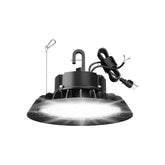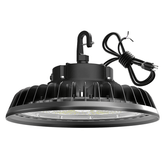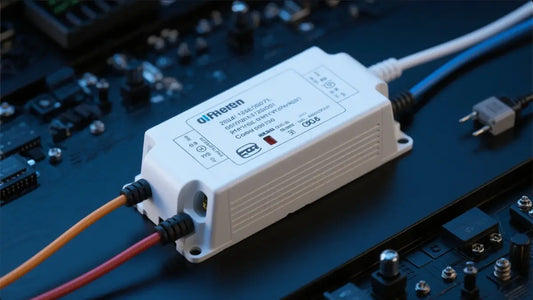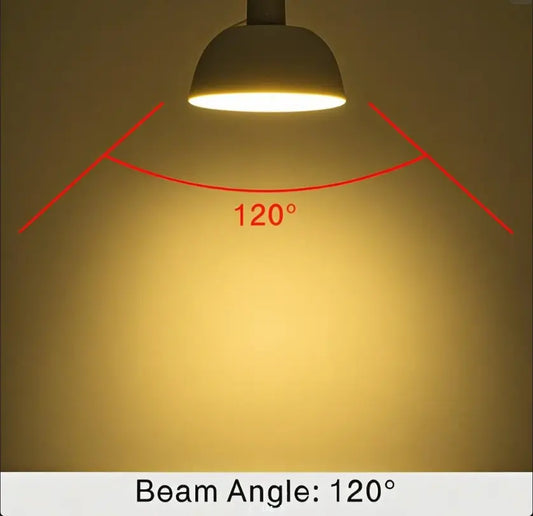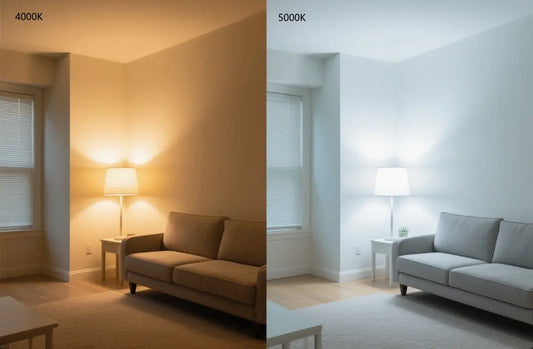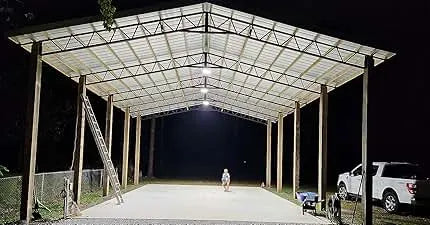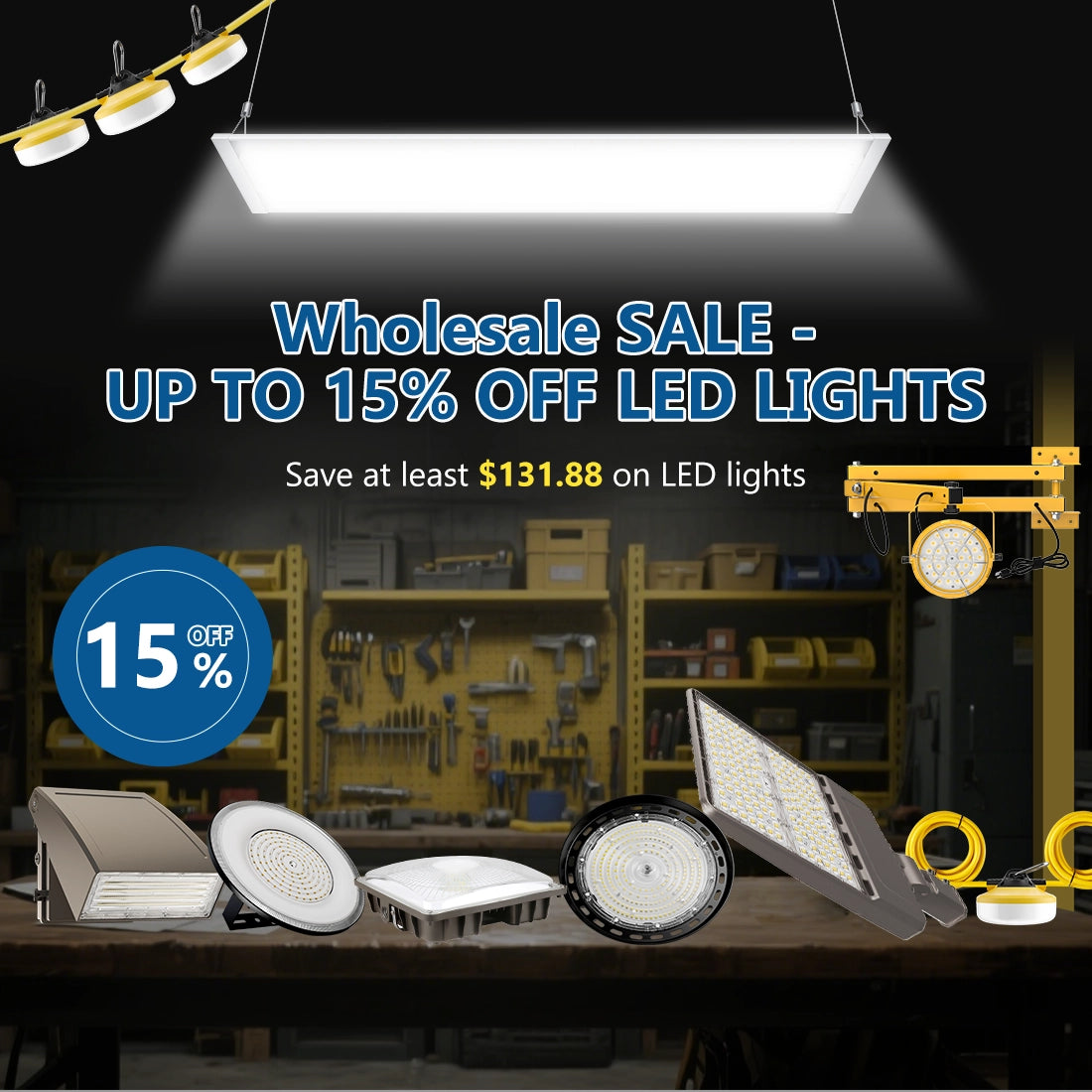LED Lighting Fixtures Certification
The development history of LED after Independence Day of the United States
What Is Needed For Warehouse Lighting Design?
Warehouse LED Lighting Standards And Regulations
How Does The Lighting Driver Work?
What does 120 degree beam angle mean?
Which is Brighter: 4000K Warm Light or 5000K Cool Light?
Understanding the Spectrum and Colors of Visible Light
What Are the Top Picks for High Bay LED Shop Lights in 2025?
